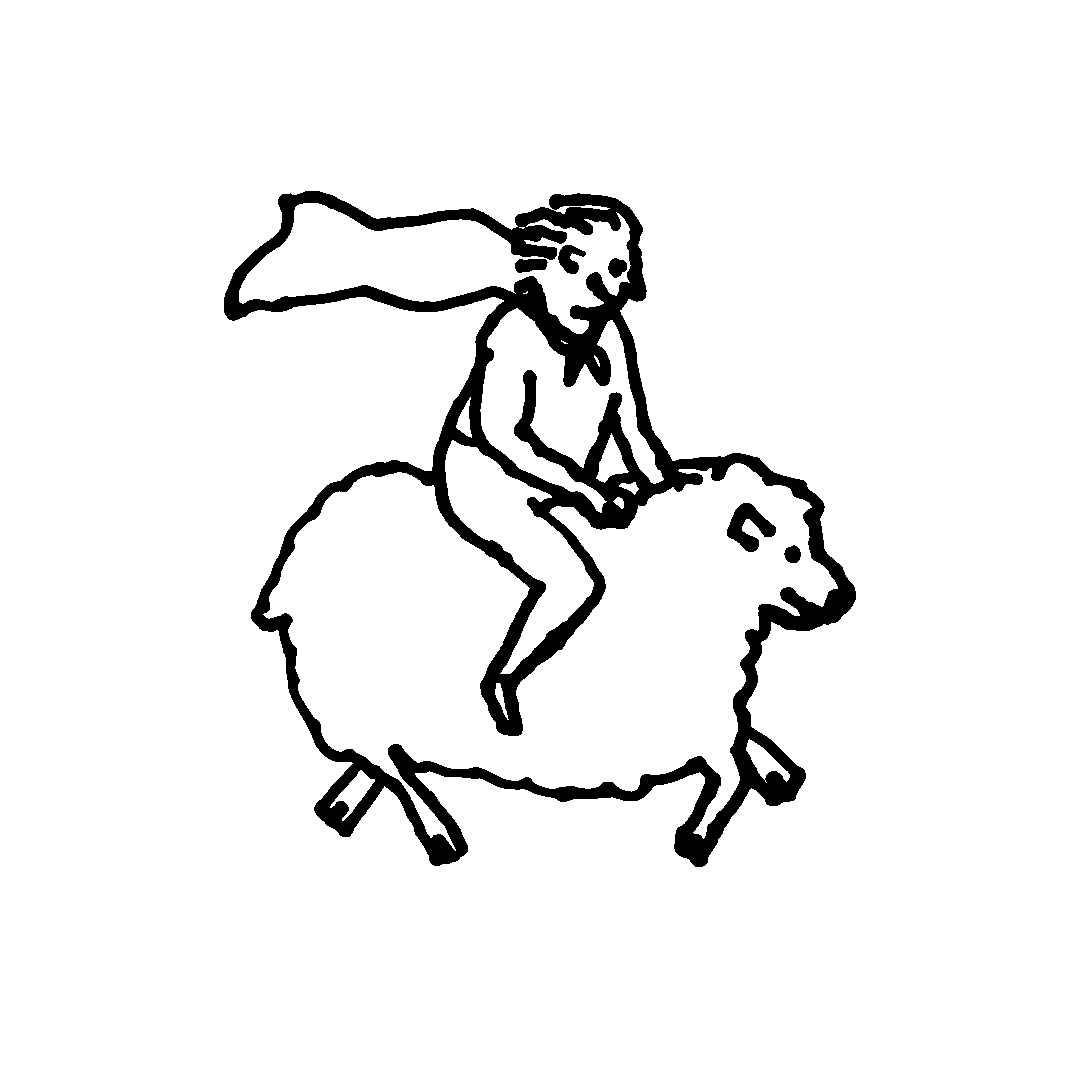We make clothing.*
*Not just clothing in the way most brands use “knitwear” as a placeholder for “soft thing you might wear in autumn.” We mean: fibre-level obsessive, lab-tested, micron-counted, lifetime-serviced clothing. The kind you might (without irony) consider leaving to someone in your will.
EXPLORE

We also make a promise. That sounds lofty, but it’s actually the opposite. It’s grounded in the unglamorous, unsexy stuff: traceability spreadsheets, wool micron graphs, supply-chain audits. The kind of behind-the-scenes paperwork that most brands hide in a filing cabinet marked “nobody cares.” We care. Obsessively. Because making something worth owning for decades isn’t magic — it’s method.
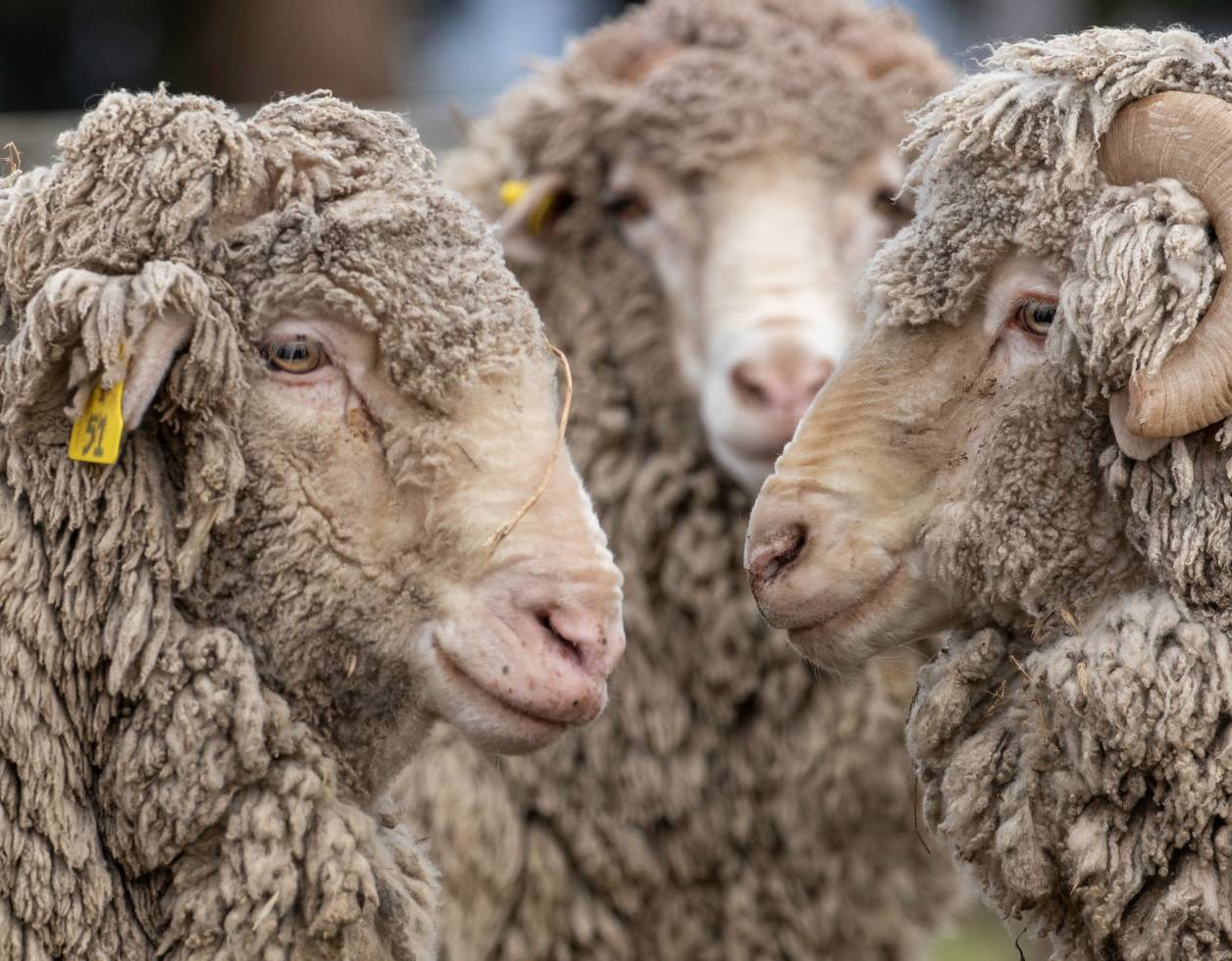
The Sheep (Origin Story, Literal)
It began — as so many good clothing stories should but rarely do — with an actual sheep, in an actual regenerative pasture, somewhere south of the equator, under a sky so clear it could be bottled as an anti-pollution benchmark. This sheep was not metaphorical. It did not represent “innocence” or “purity.” It was mostly interested in grass.
And yet: this sheep’s wool would one day pass through a chain of skilled hands (and machines, let’s not romanticise unduly) until it became something worthy of being called luxury again.
And yet: this sheep’s wool would one day pass through a chain of skilled hands (and machines, let’s not romanticise unduly) until it became something worthy of being called luxury again.
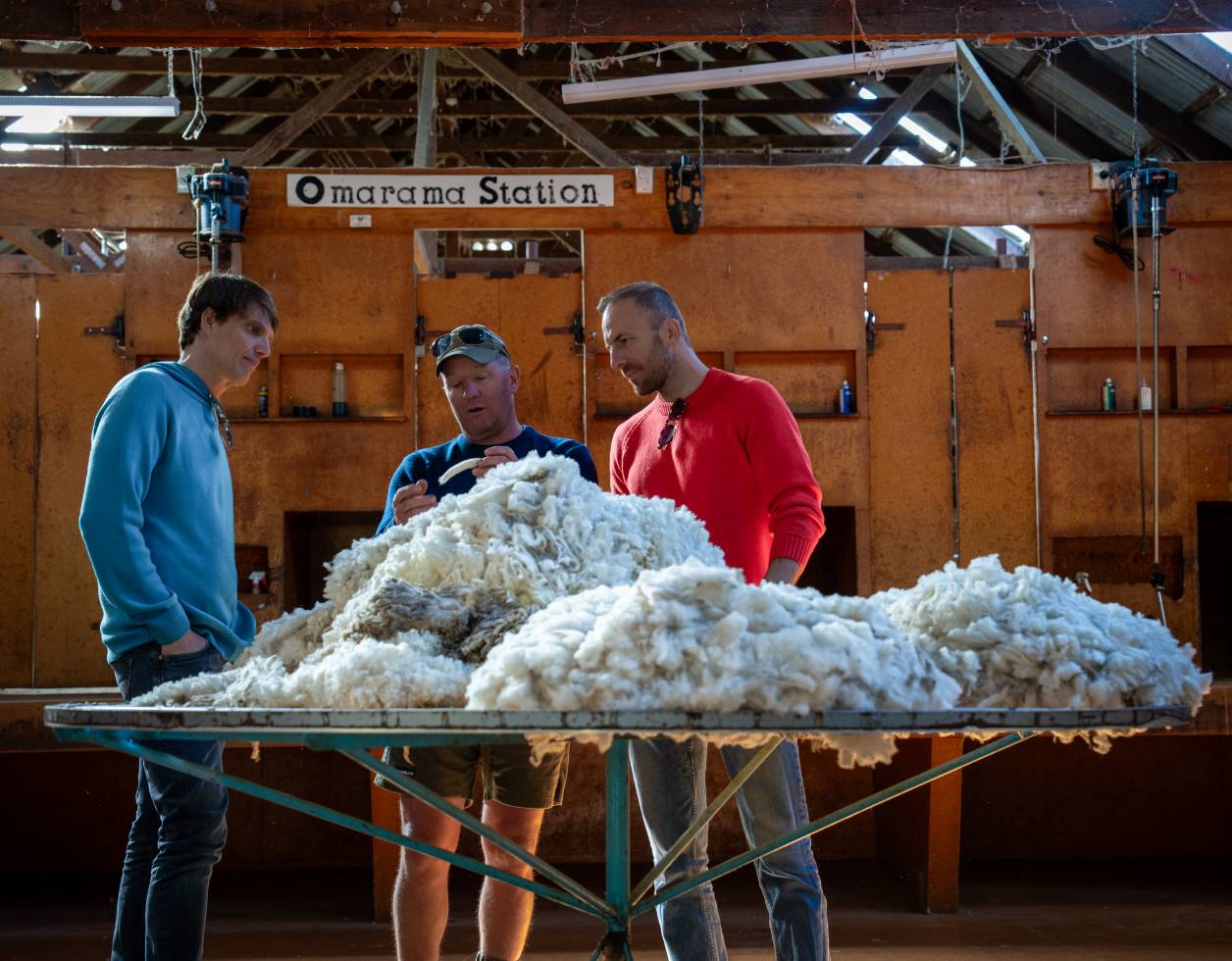
Two Founders Walk into a Supply Chain…
One has the temperament of an engineer: the kind who considers data not just important, but oxygen. The other is the kind of creative who notices stitch irregularities from across the room (and will cross that room to point them out). Both were — and remain — quietly furious at what “luxury” had become: candlelight without the candle.
They built Sheep Inc. as a kind of anti-marketing marketing company: a brand where every claim has a receipt, and every product is, in the most literal sense, accounted for.
They built Sheep Inc. as a kind of anti-marketing marketing company: a brand where every claim has a receipt, and every product is, in the most literal sense, accounted for.
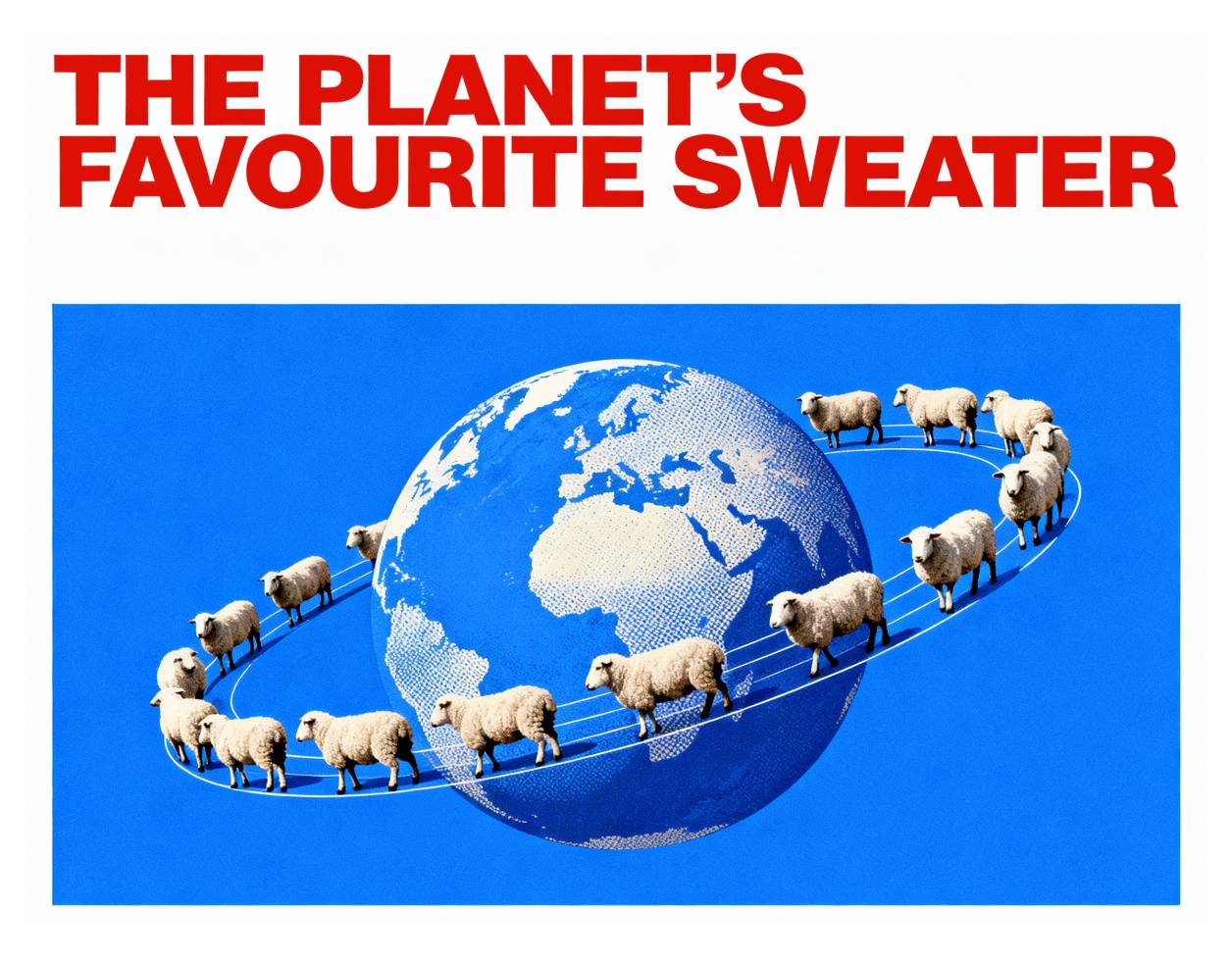
Why We Exist (In Exhausting Detail)
Because the modern customer — possibly you — has been burned. By “sustainable” brands that were, at best, sustainable in their use of buzzwords. By “luxury” brands where the price was heavy but the stitching light. So now you want proof. You want micron counts (ours: 19.5μm). You want abrasion scores (Martindale tested). You want to know the farm, the spinner, the knitter, the carbon footprint (ledger available on request; actually, not just request — it’s public).
We don’t just accept this; we’ve built the whole brand for it. Every sweater is trackable via Connected Dot — which is not a gimmick but a living record: where it came from, how it’s aged, when it’s been repaired (free, for life).
We don’t just accept this; we’ve built the whole brand for it. Every sweater is trackable via Connected Dot — which is not a gimmick but a living record: where it came from, how it’s aged, when it’s been repaired (free, for life).
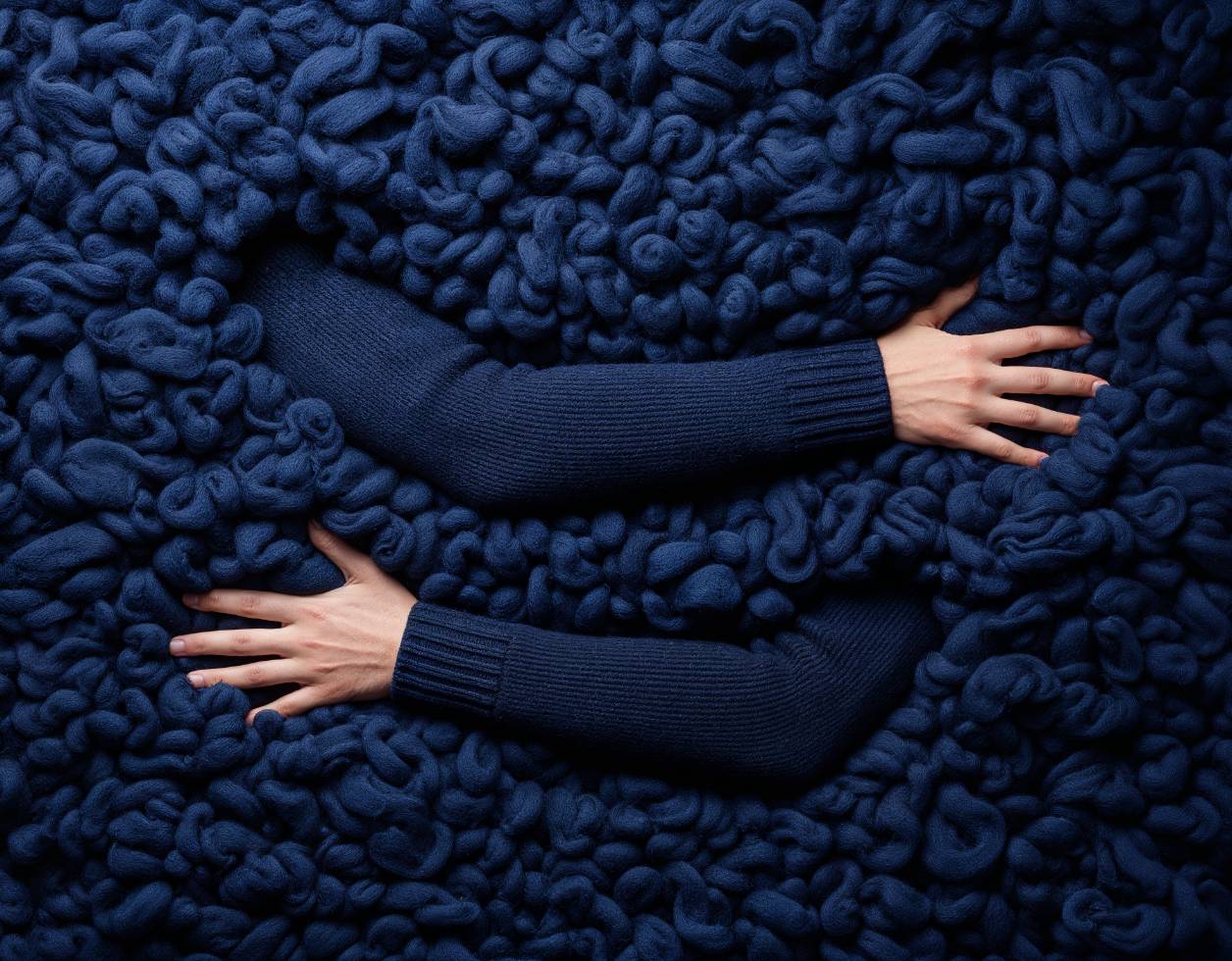
Feel First, Then Read the Receipts
Yes, our clothes feel incredible. That’s deliberate. But in an era of green-skeptics and value-hunters, feel is not enough. So next to the feel, you get the facts: knit gauge, twist, finish, test scores. We call this the Proof Stack — the visible bones of the brand. Because the only thing more satisfying than wearing something great is knowing, precisely, why it’s great.
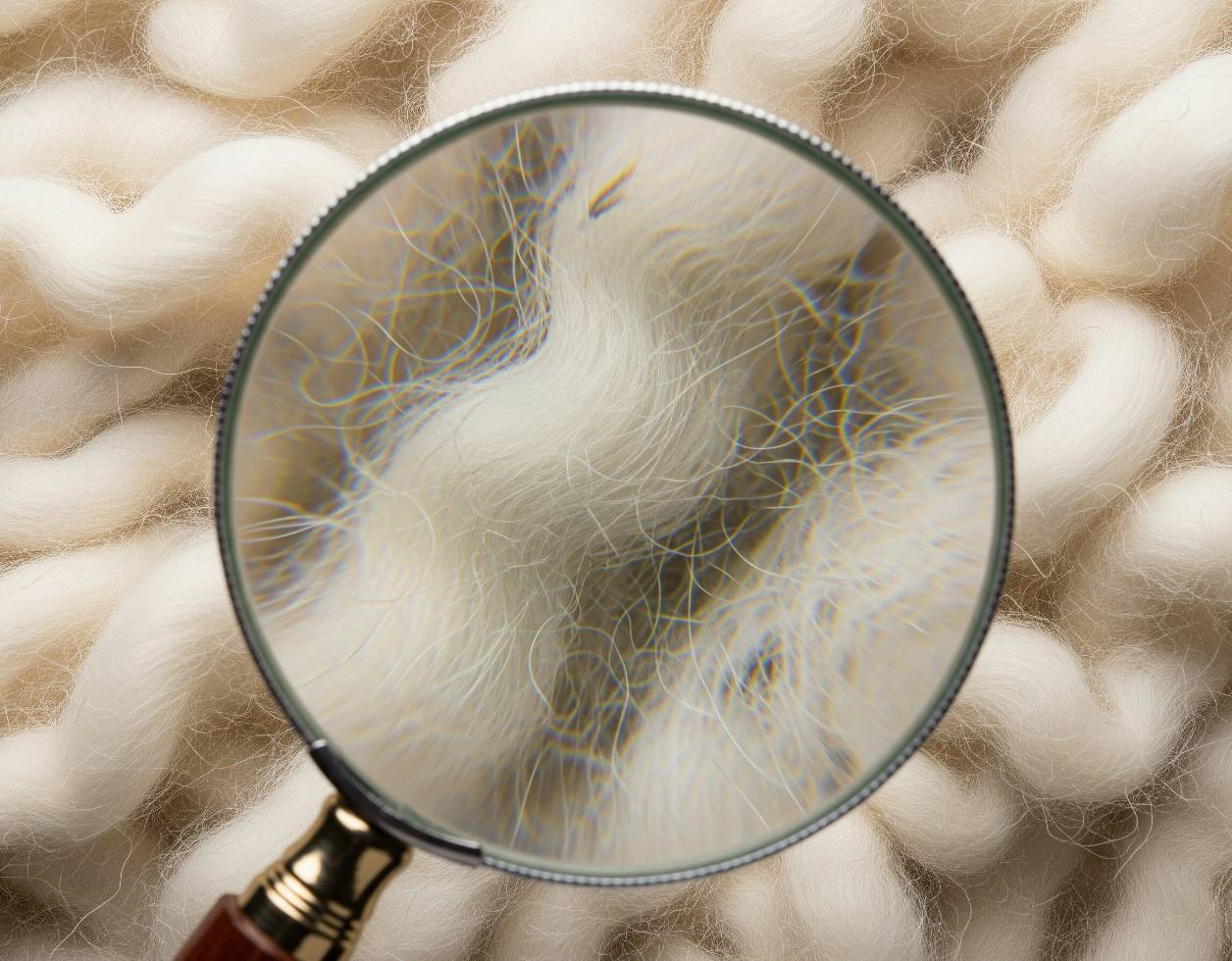
If You’re Wondering “Why So Detailed?”
Because this is how trust is rebuilt: not with slogans, but with calm, detailed, verifiable evidence. And maybe because we can’t help ourselves — we’re the kind of people who think care instructions are an under-appreciated literary form.

The Point (Finally)
Sheep Inc. is, in the end, just a company that started with a sheep and refused to stop following the thread. From pasture to product to your hands, we’ve kept every link in view. Not louder. Just clearer. Not claiming perfection. Just proving, stitch by stitch, that it’s possible to make something worth keeping — in every sense of the word.
